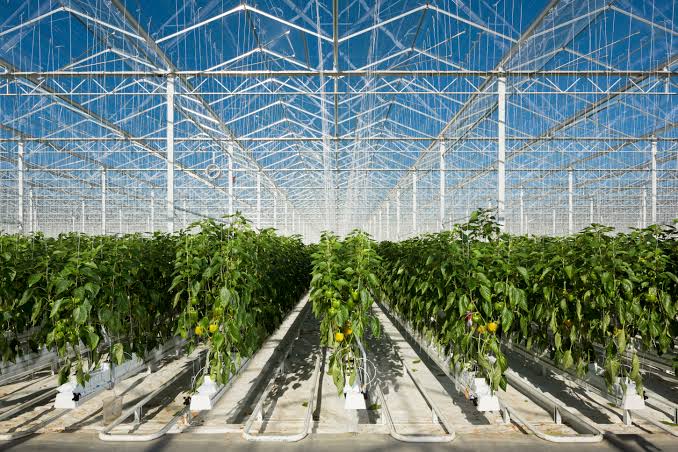Extracting carbon dioxide from the air is indeed a big challenge. Since commercial drivers began using them to supplement their underwater oxygen supplies in the 1800s, carbon dioxide scrubbers are widely used for this purpose.
Human spaceflight provided technology with yet another boost. On the other hand, people did not start to think about its terrestrial applications until the threat of unchecked climate change emerged.
Though, several startups are trying to commercialize direct aerial capture of CO2 whereas, most of them are chasing an open-air market, pulling carbon directly from the atmosphere. any company uses technology that follows the same principles and procedures used in diving rebreathers and spacecraft life support.
On the other hand, Skytree is among those that can claim a direct legacy. The company was separated from the European Space Agency in 2014 after its core technology was used on the International Space Station.
On Tuesday, the company announced a $6 million seed round led by HortiCope and Yield Lab Europe.
Skytree is trying to bring revolution to the environment by producing green energy. However, working in small spaces appears to have shaped the company from the beginning. Its first offering was geared specifically toward electric vehicles.
Although cars don’t emit any emissions, their occupants do and in a closed space, carbon dioxide levels can rise quickly. However, heating or cooling the outside air can quickly deplete battery power, as anyone who drives an EV can witness. According to Skytree, “By removing carbon dioxide from the cabin, its subscribers can lessen the need for outside air conditioning.
Though the product is under the procedure for a few years, the automotive sector is indeed a challenging market where margins are low and volumes are high.
By keeping the point into consideration, the company started looking for other options. Rob Van Straten, CEO of the company stated, “Volkswagen won’t sign you with an eight-person or twenty-person company, it won’t happen”.
In addition, he also stated that “if that miracle happens they will squeeze you to the bone and you can’t build a profitable company, it’s a dead-end street”.
Moreover, if we talk about the direct air capture process is the use of physical and chemical to extract carbon dioxide directly from the ambient air.
If CO2 is sequestered in safe long-term storage, the complete cycle will achieve carbon dioxide removal and be a ‘negative emissions technology’. It uses chemical reactions to pull carbon dioxide out of the air.
In the IEA net zero emissions by 2050 scenario, direct air capture technologies capture more than 85 Mt of CO2 in 2030. And approximately 980 Mt CO2 in 2050.
However, in the United States, Canada, and Europe there are currently direct air capture facilities in operation. Hence, by the middle of the 2020s, it is anticipated that the United States will host the first large-scale direct air capture plant, capable of capturing up to 1 Mt CO2 per year.
Read more:
Abu Dhabi National Oil Company Allocated $15 Billion For Clean Energy & Low Carbon Solutions
A Solar-Powered Electric Car Removes Carbon from the Air













